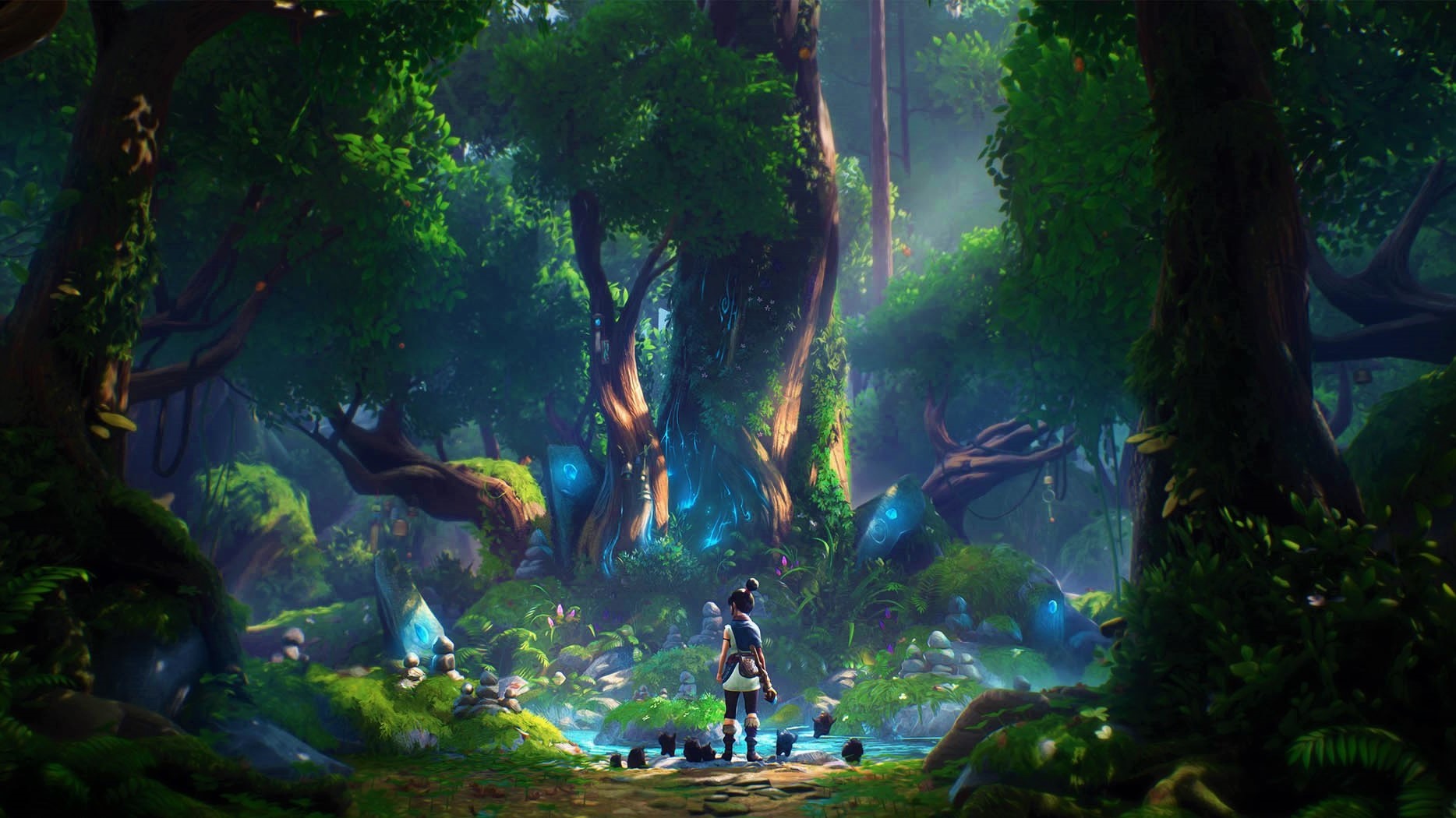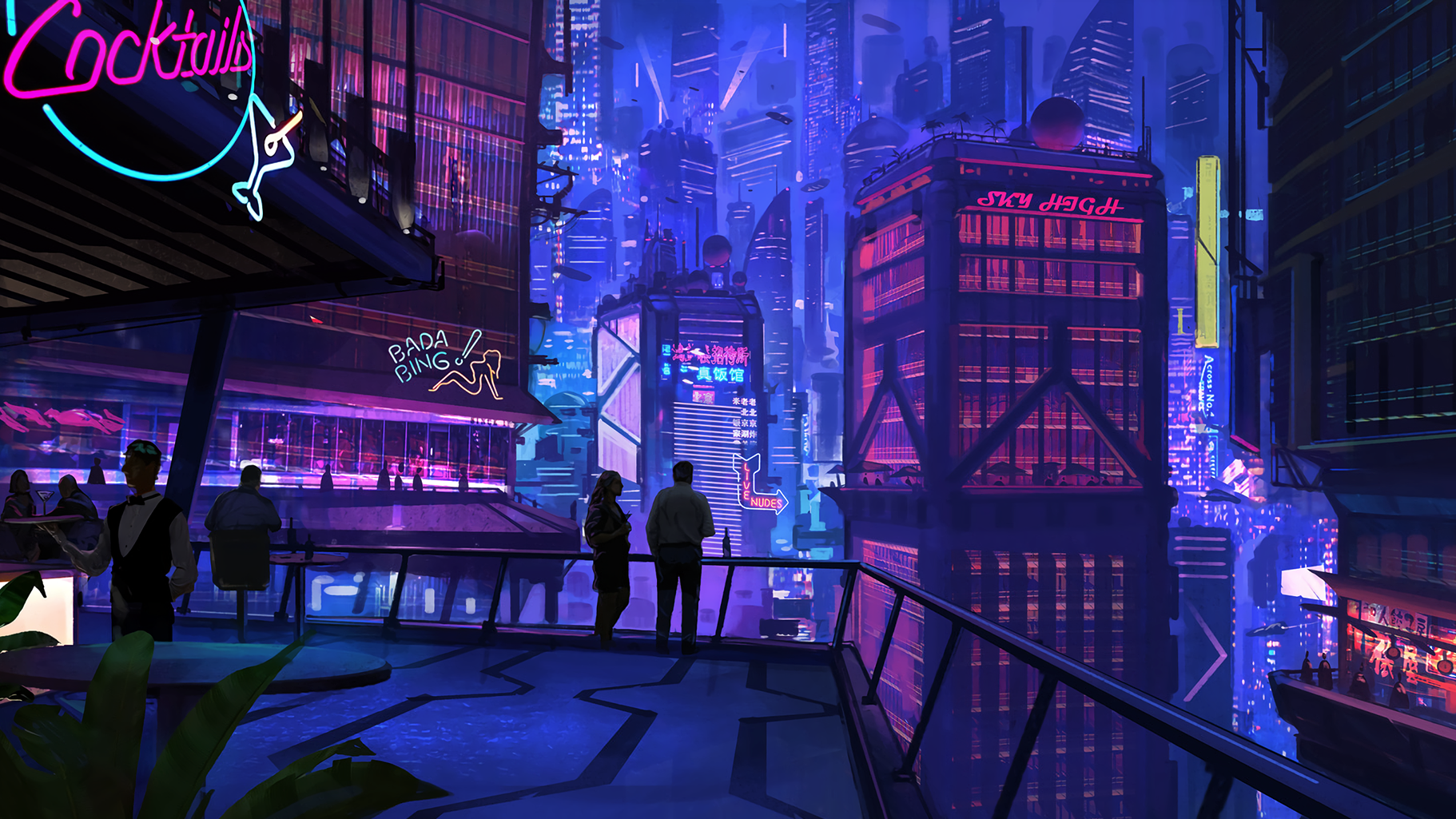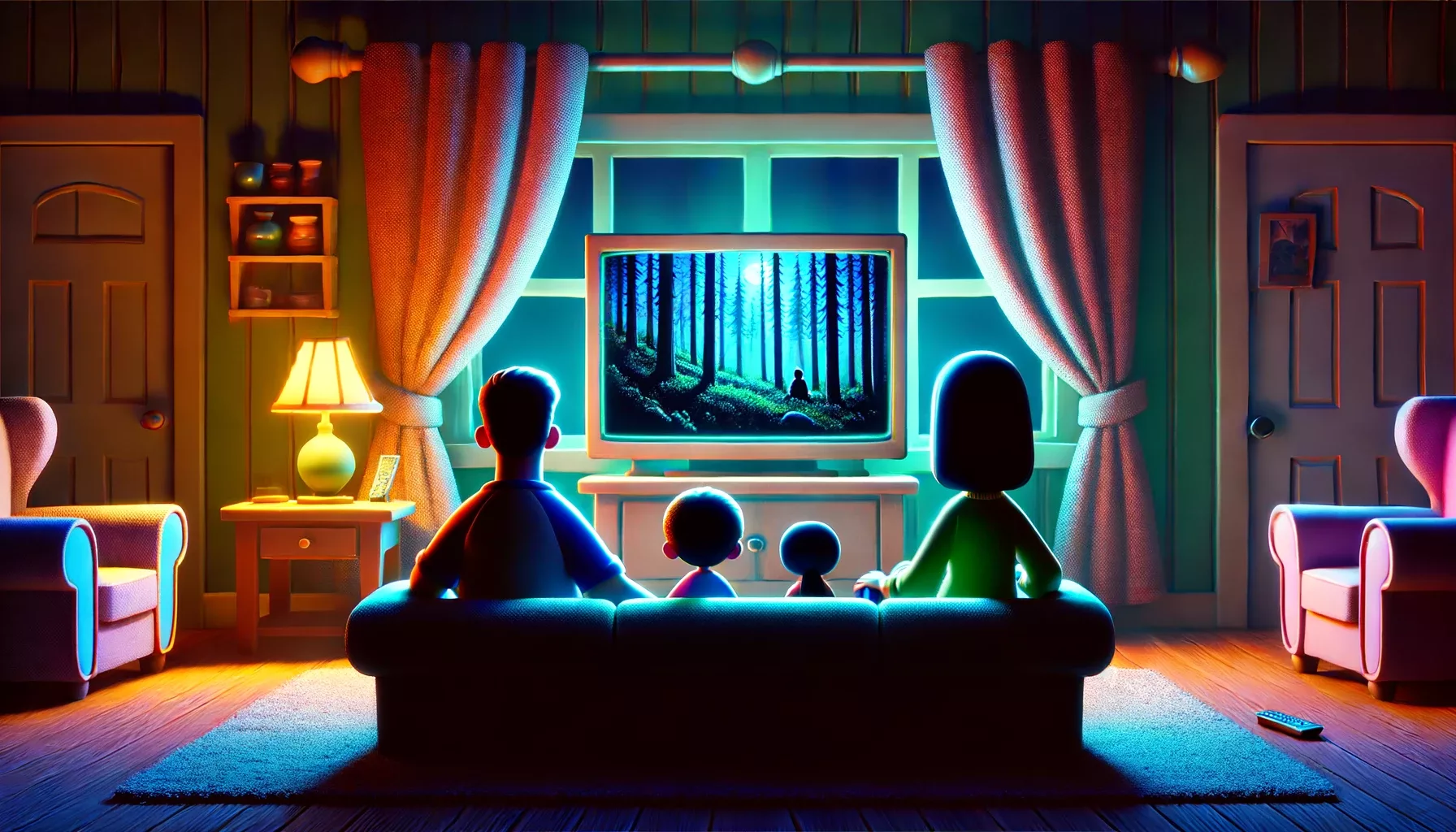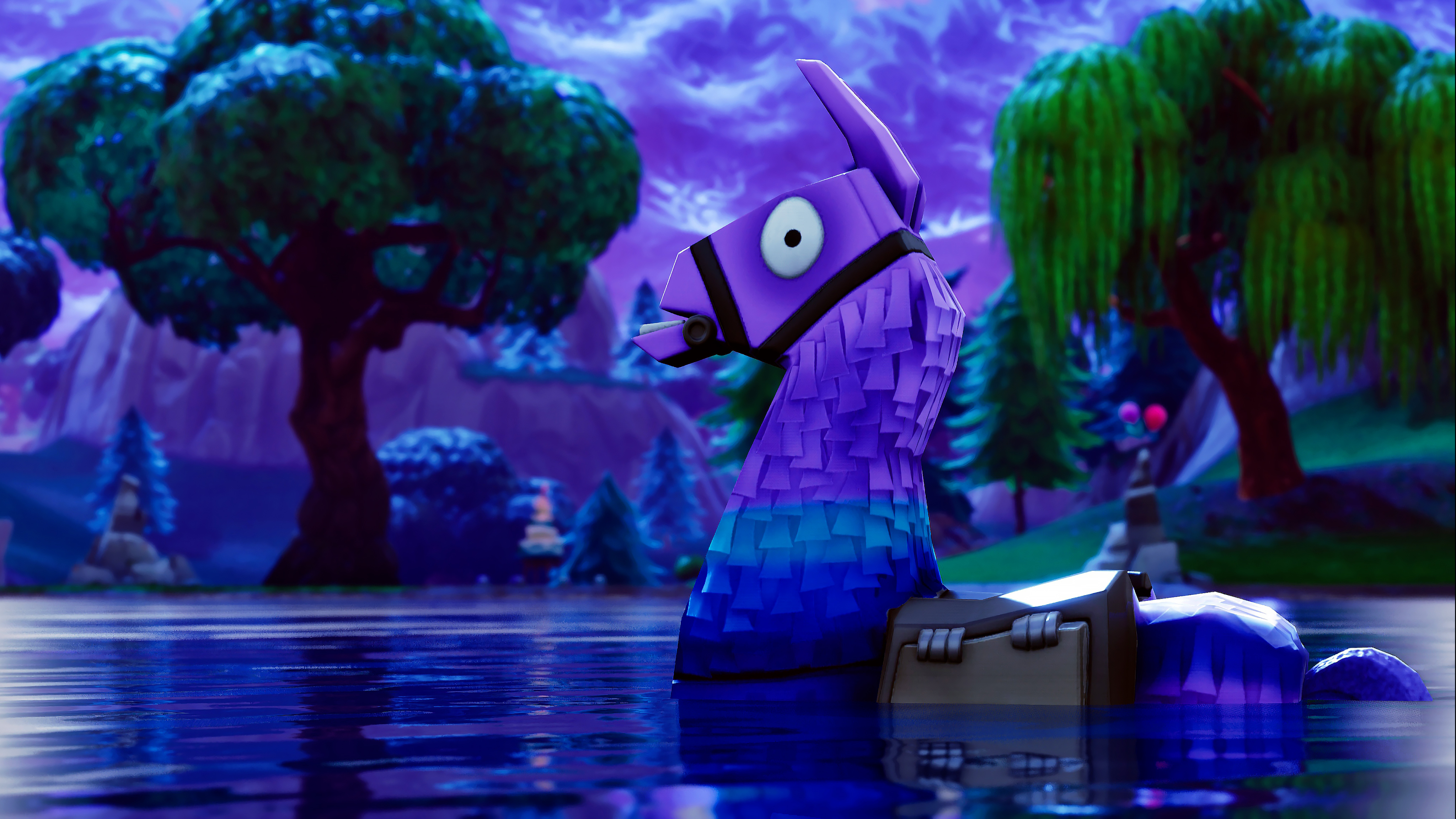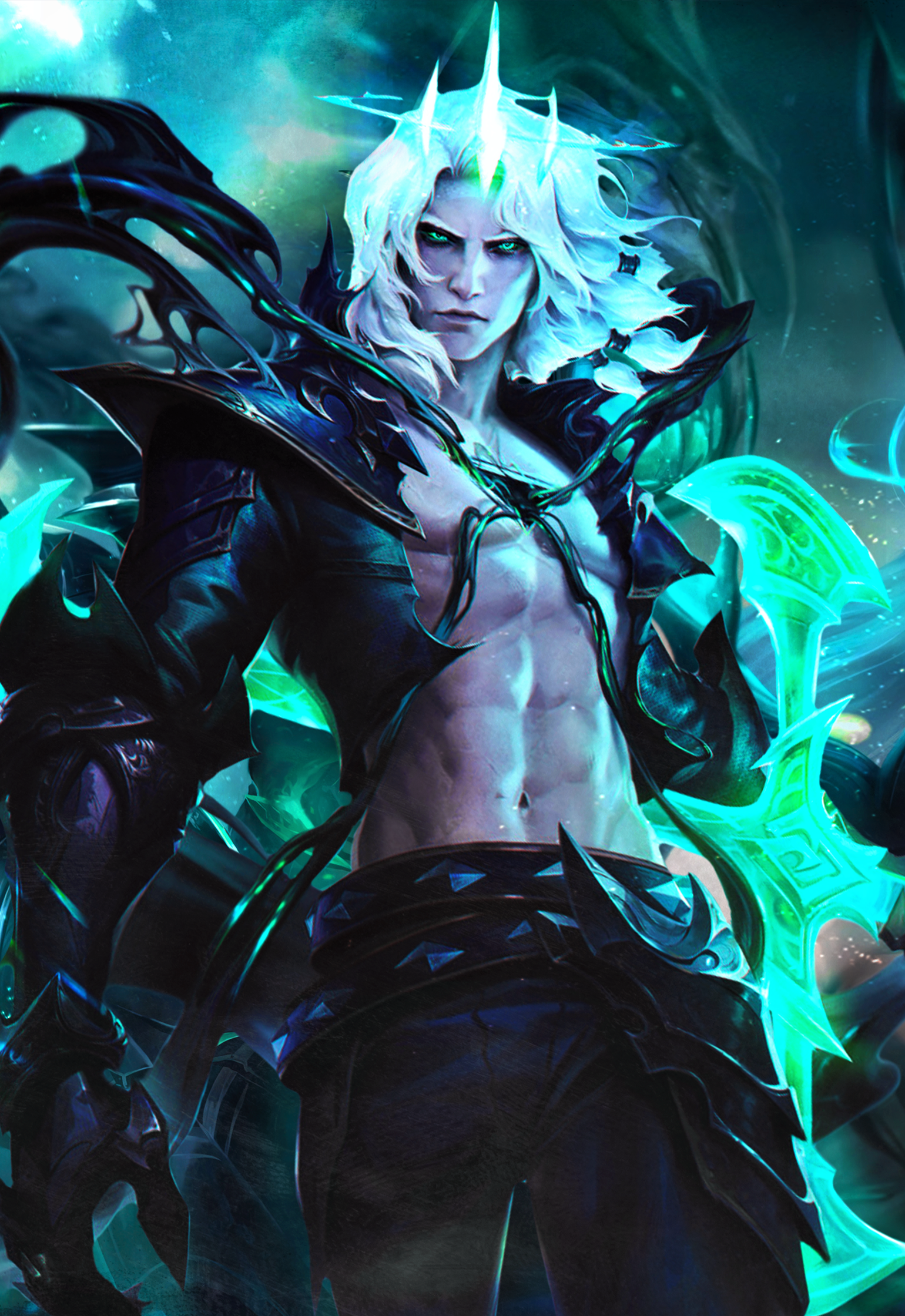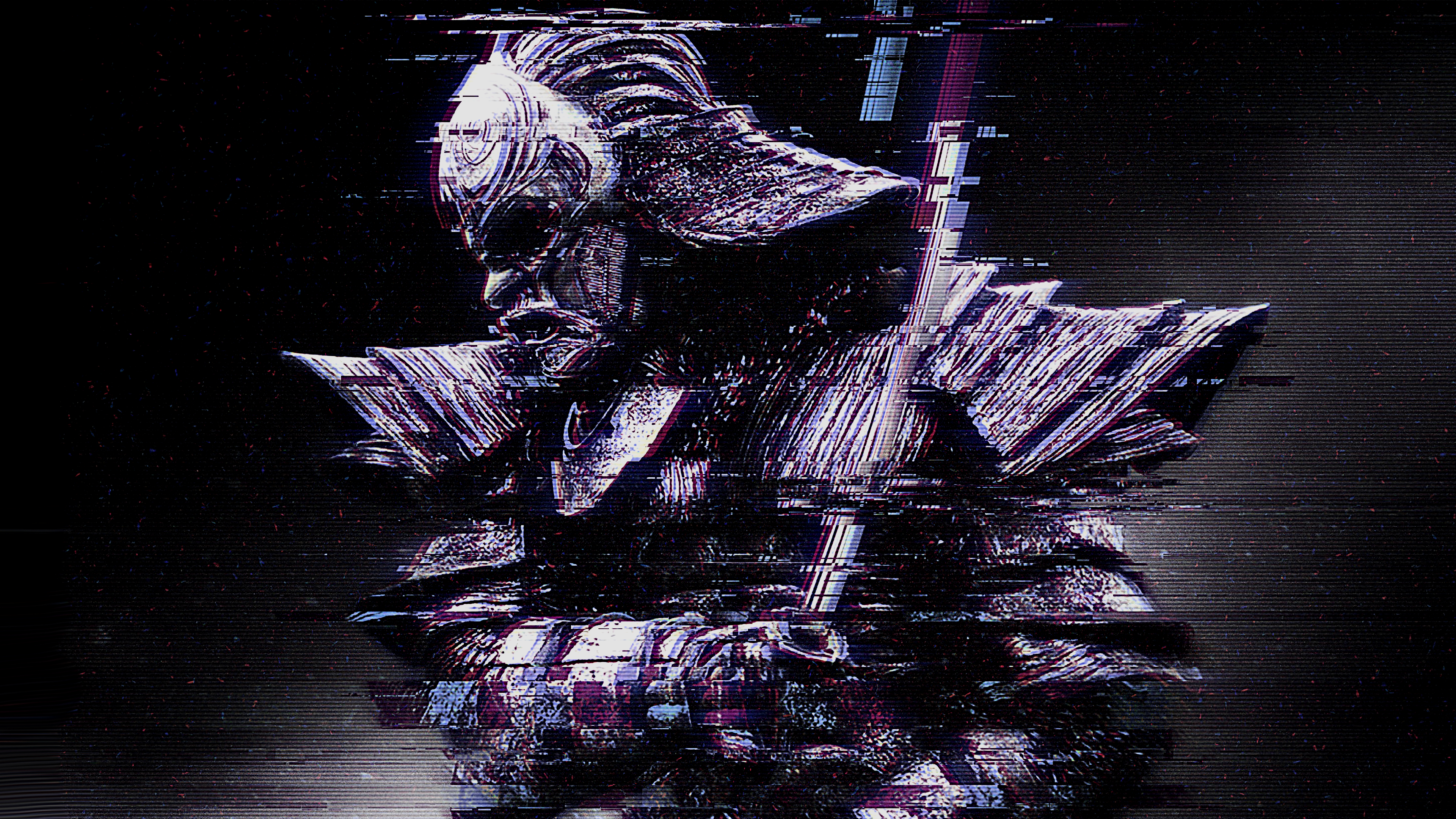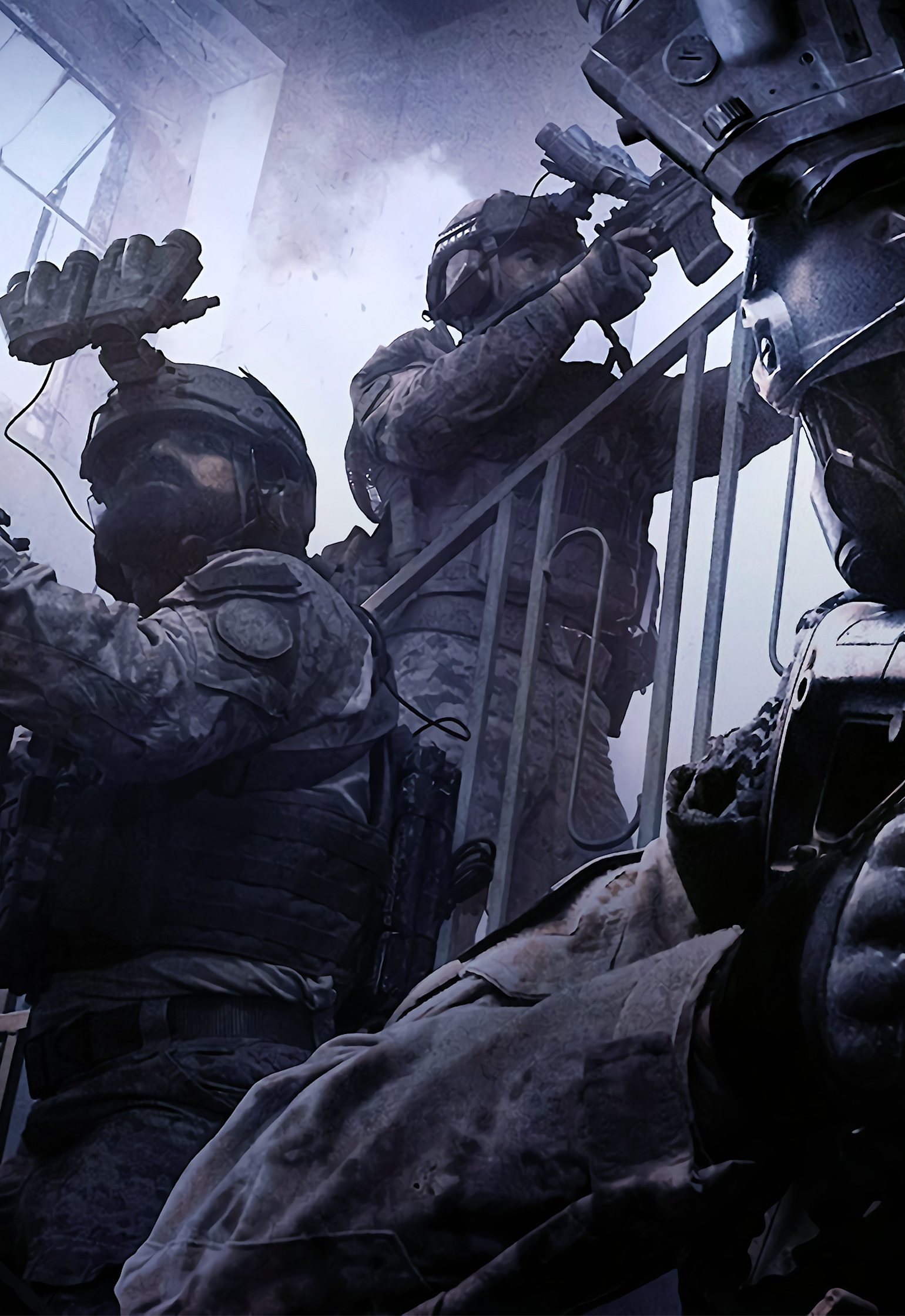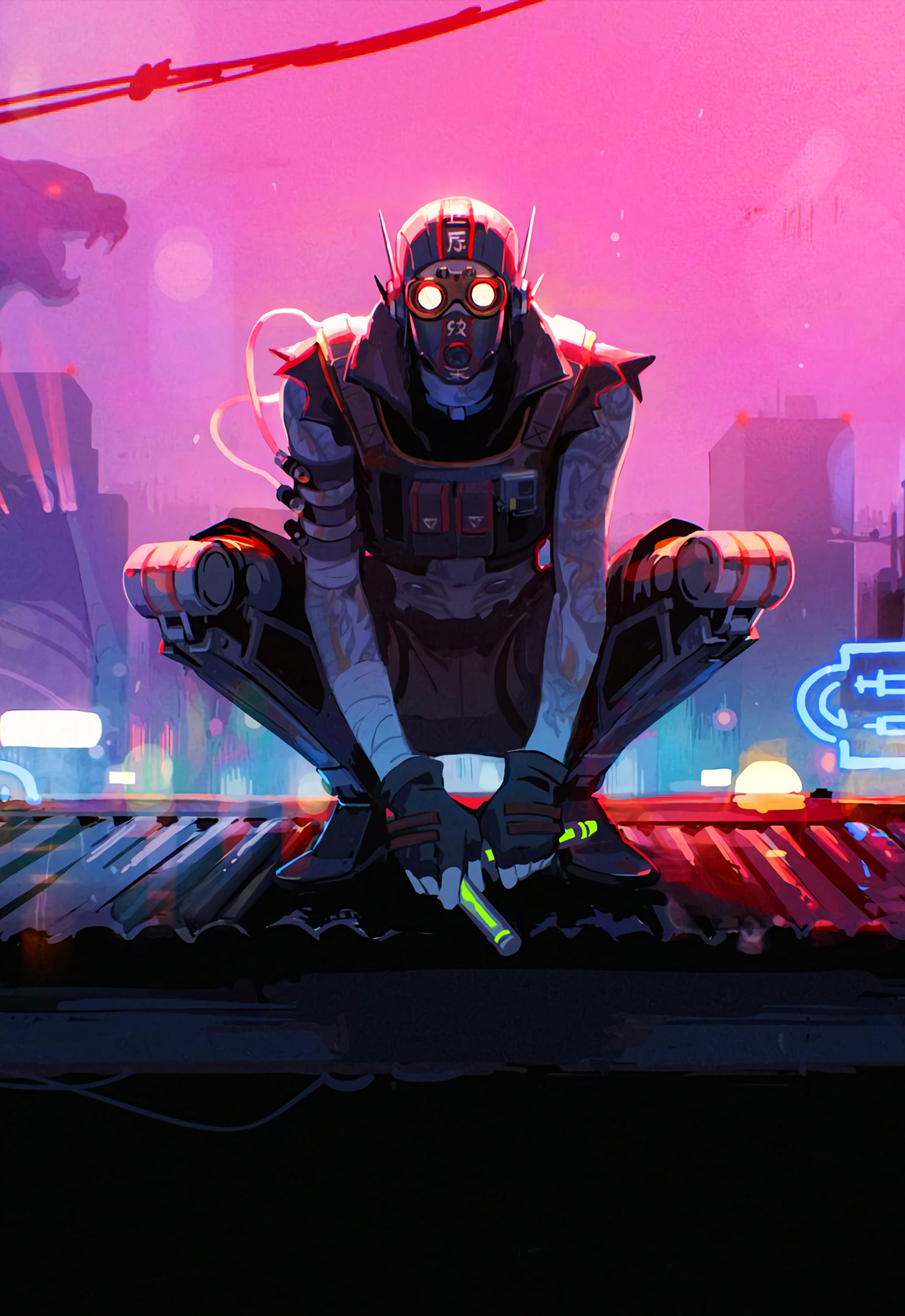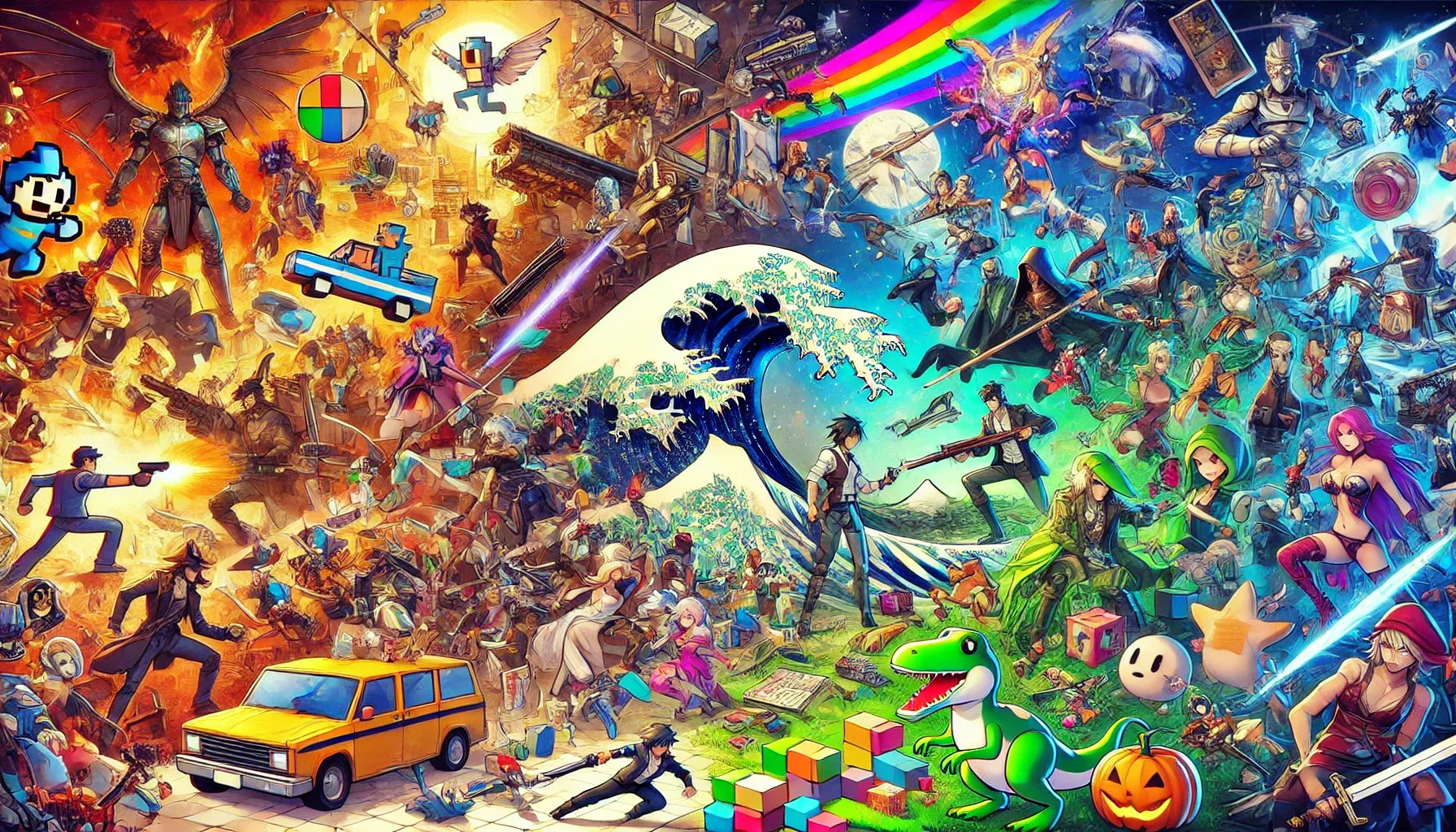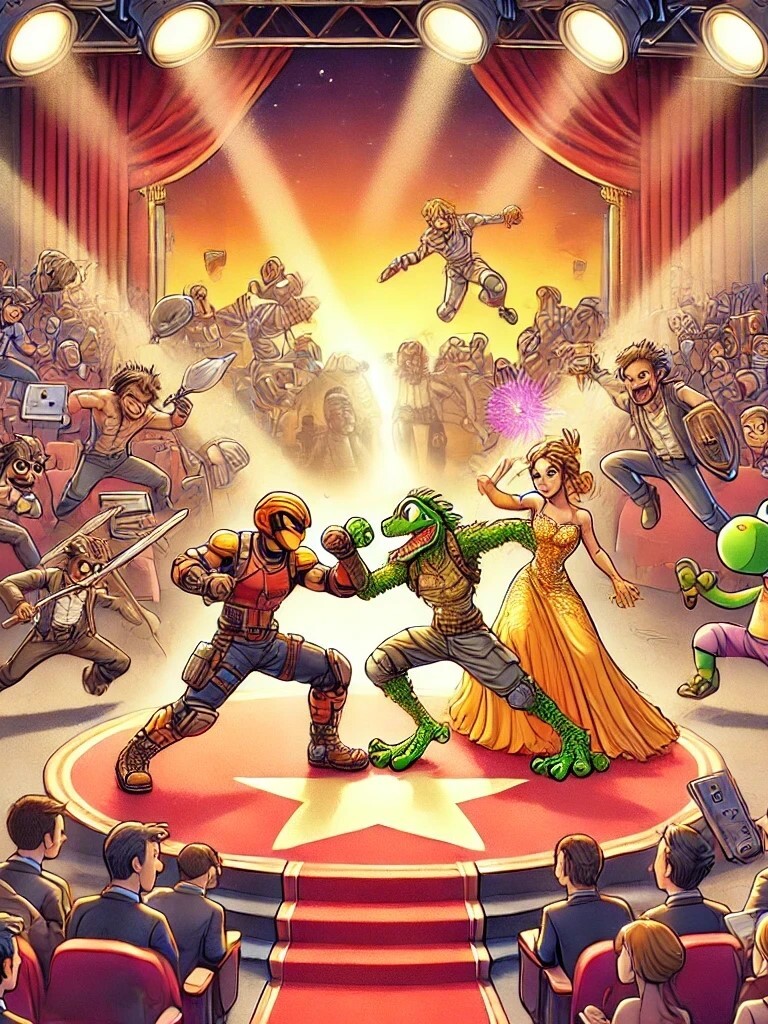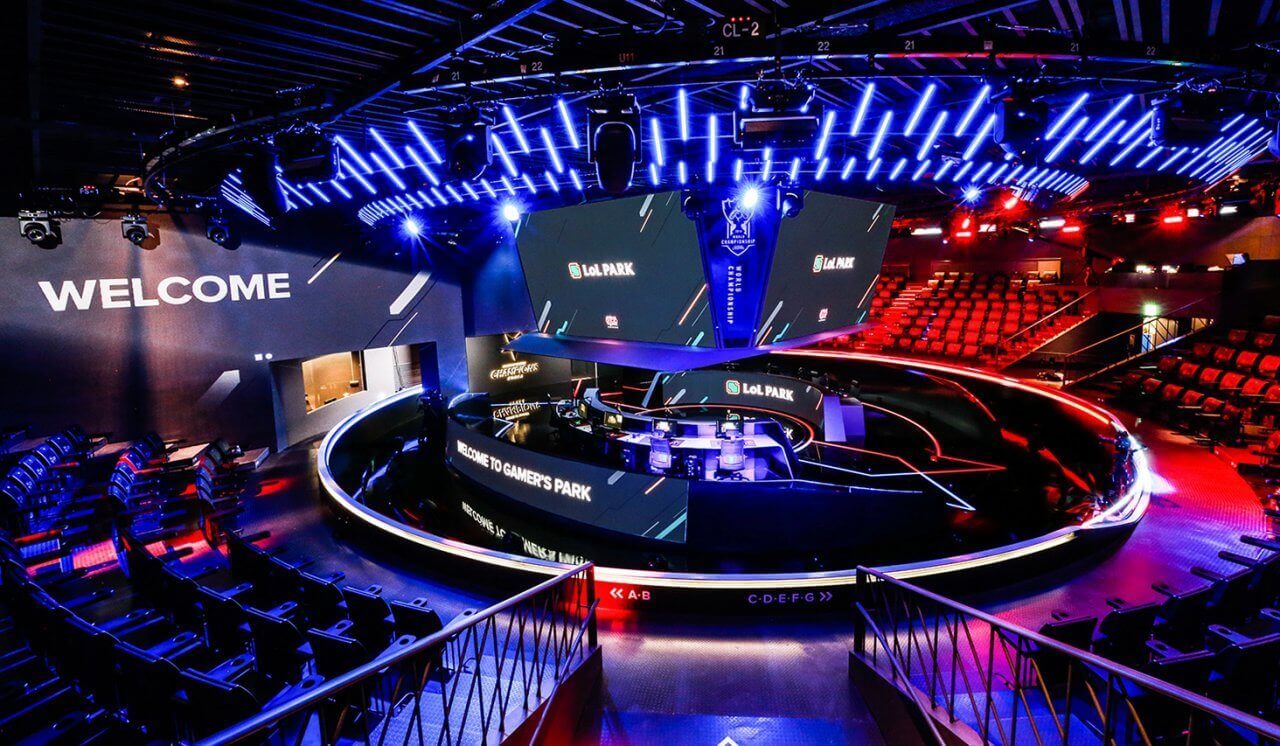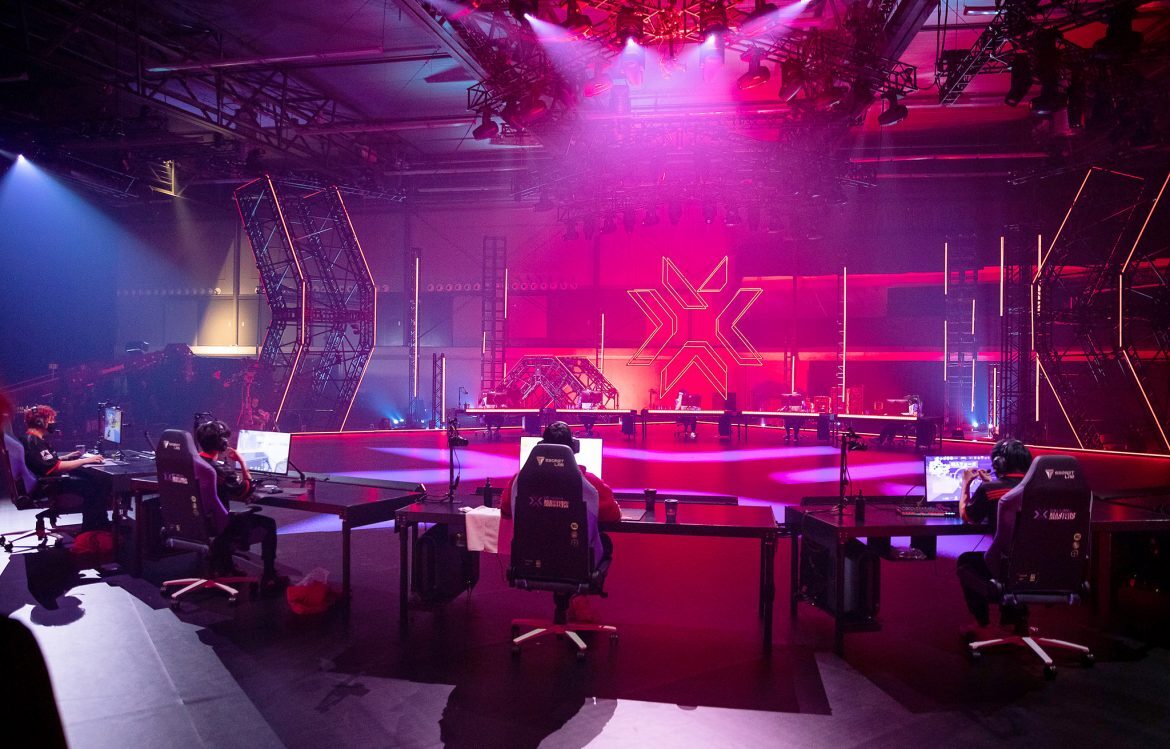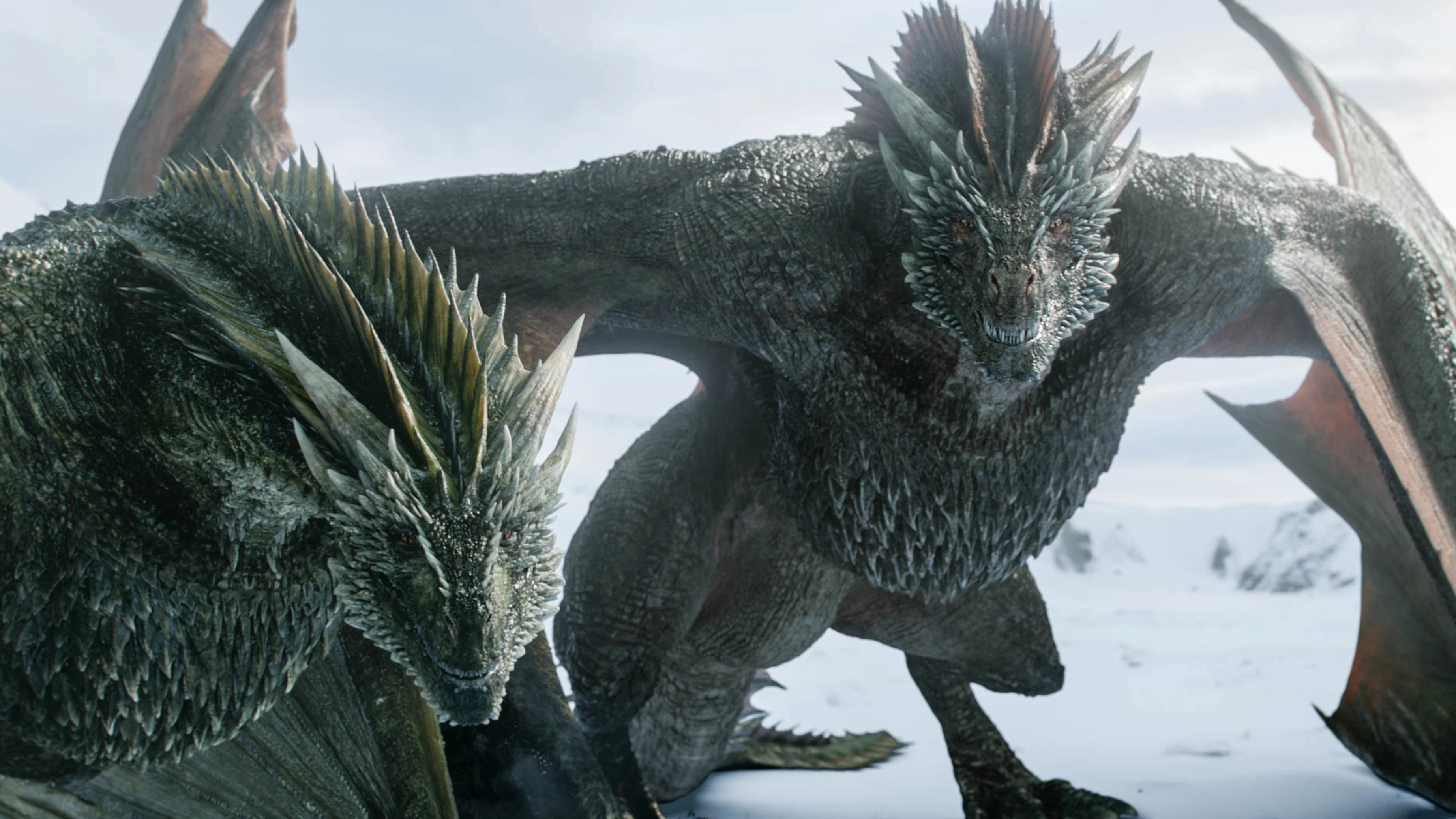Think you know Game of Thrones? Think again. These 12 fascinating behind-the-scenes facts about the show, from actor secrets to real-life romances and wild production stories, will surprise even hardcore fans.
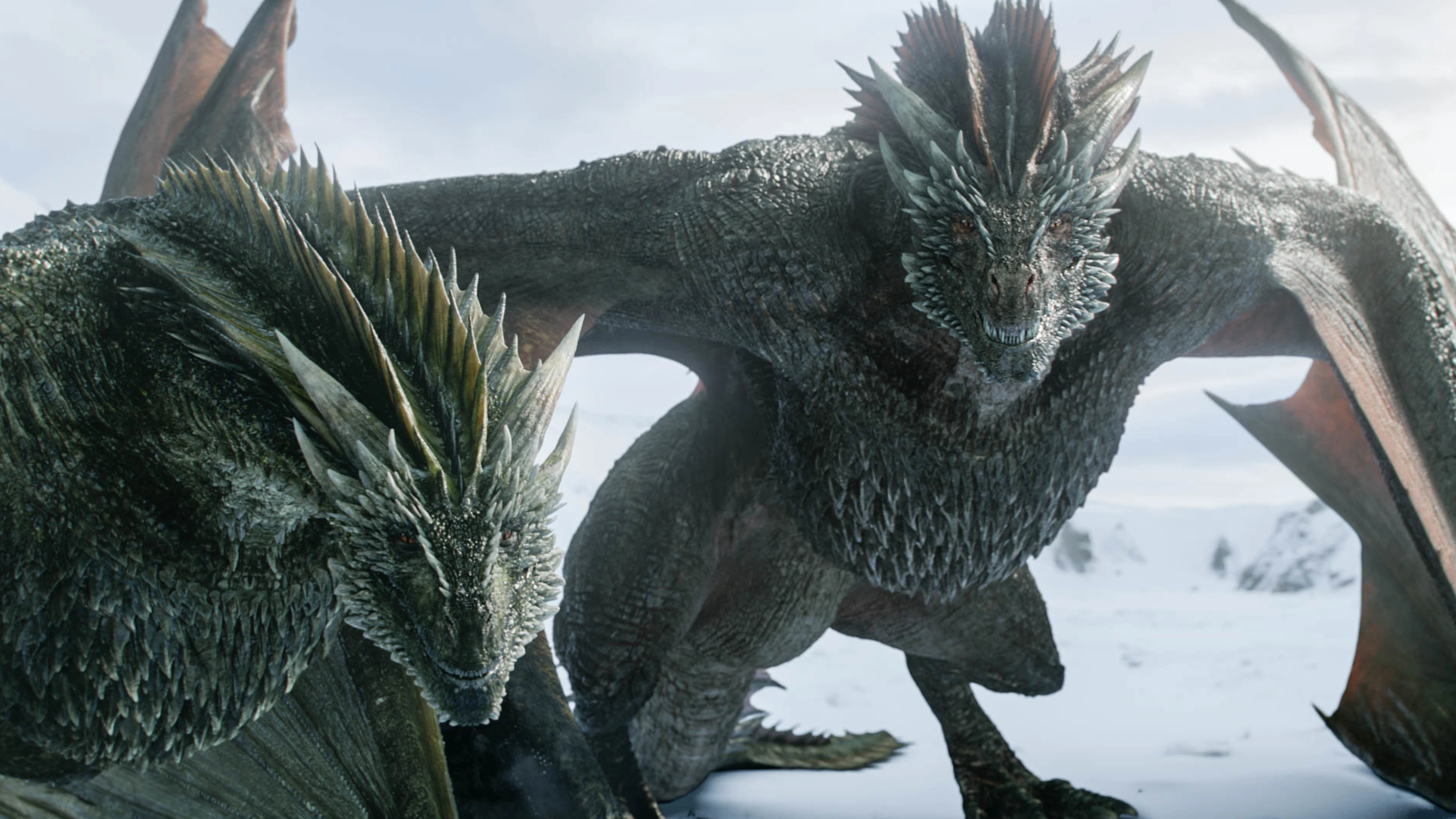
You’d think after eight seasons, hundreds of deaths, and a level of internet obsession rivaling a small religion, we’d already know everything about Game of Thrones. But behind all those dragons, betrayals, and suspiciously convenient resurrections, the show hid a treasure chest of details most fans never noticed. From real-life romances and historical inspirations to shocking production quirks, Westeros has more secrets than Cersei’s wine cabinet.
And that’s what we’re digging into today: the off-screen facts, hidden trivia, and tiny creative choices that made the series what it is. Some are funny, some are wild, and a few will make you see certain characters in a whole new light. So pour yourself a goblet (of something less deadly than wildfire) and let’s head back to the Seven Kingdoms – this time armed with insider knowledge.
12. Peter Dinklage Has The Most Episode Appearances

Among all the betrayals, dragons, and shocking plot twists, one man outlasted nearly everyone: Peter Dinklage, who portrayed Tyrion Lannister. He appeared in 67 of the show’s 73 episodes, making him the single most consistent face in Game of Thrones. Through beheadings, battles, and a few questionable drinking choices, Tyrion became the show’s unofficial anchor. It’s fitting too, because Dinklage’s performance carried much of the emotional intelligence amid the chaos. His presence tied together storylines that stretched from King’s Landing to Meereen, always with sharp wit and weary wisdom. That’s part of why Tyrion remains one of the most beloved characters in modern TV history. If anyone deserved the title of “Most Seen in Westeros,” it’s definitely the Imp.
11. Famous Musicians Made Surprise Cameos
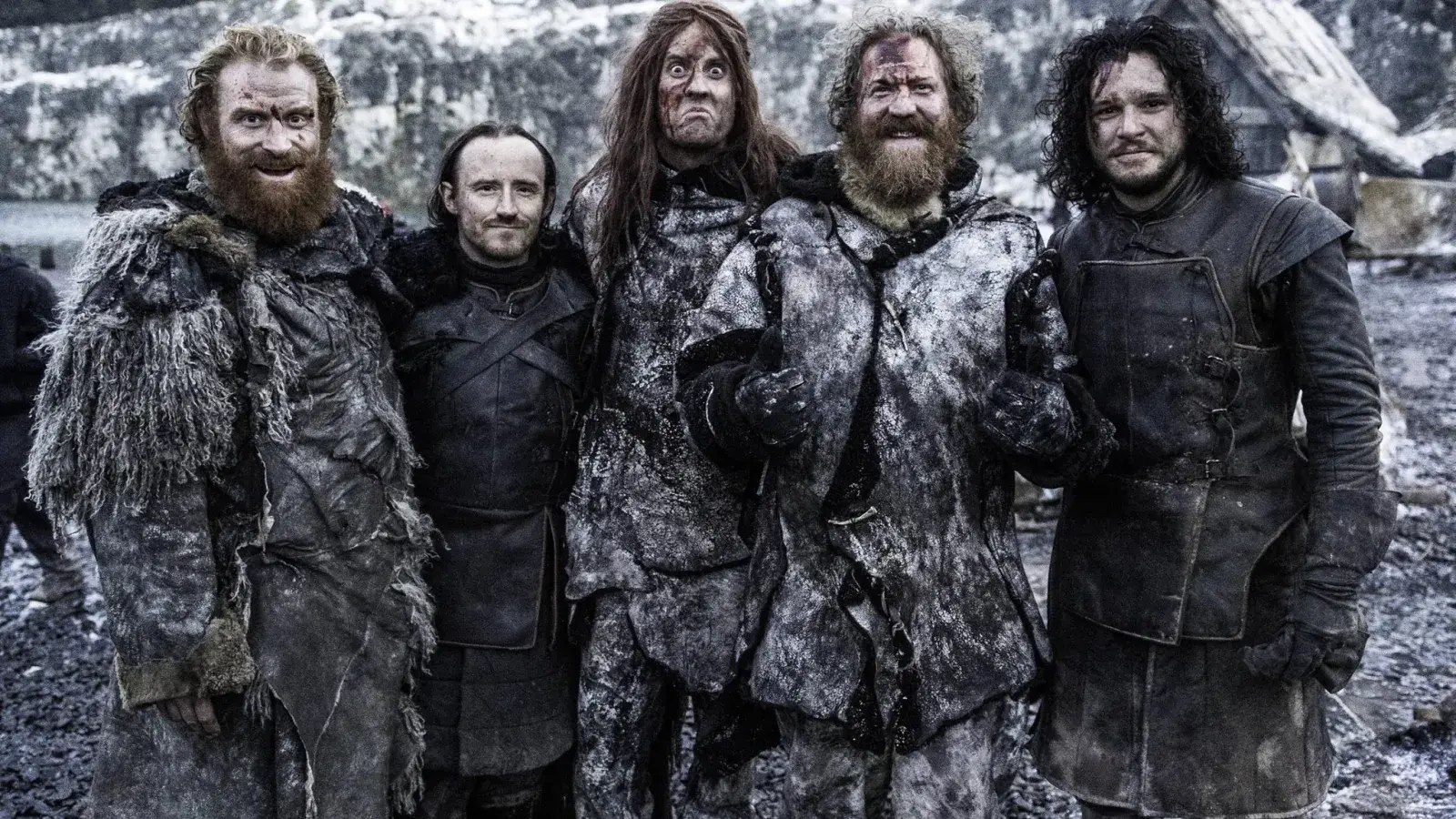
Between epic battles and tragic deaths, you might have missed a few familiar faces strumming or singing on screen. Game of Thrones featured real-life musicians like Ed Sheeran, Sigur Rós, and Of Monsters and Men making brief appearances throughout the series. Their cameos added a quirky layer of fun to the otherwise grim atmosphere, a reminder that even in Westeros, there’s room for a tune or two. Whether it was Sheeran serenading soldiers or Icelandic musicians performing at a royal wedding, these moments became quick fan favorites. It was a clever way for the show to blend fantasy with a touch of modern pop culture. The cameos sparked conversation, memes, and plenty of “wait, was that who I think it was?” reactions online. Music might soothe savage beasts, but in Westeros, it also makes for great trivia.
10. Jack Gleeson Took Inspiration From Joaquin Phoenix
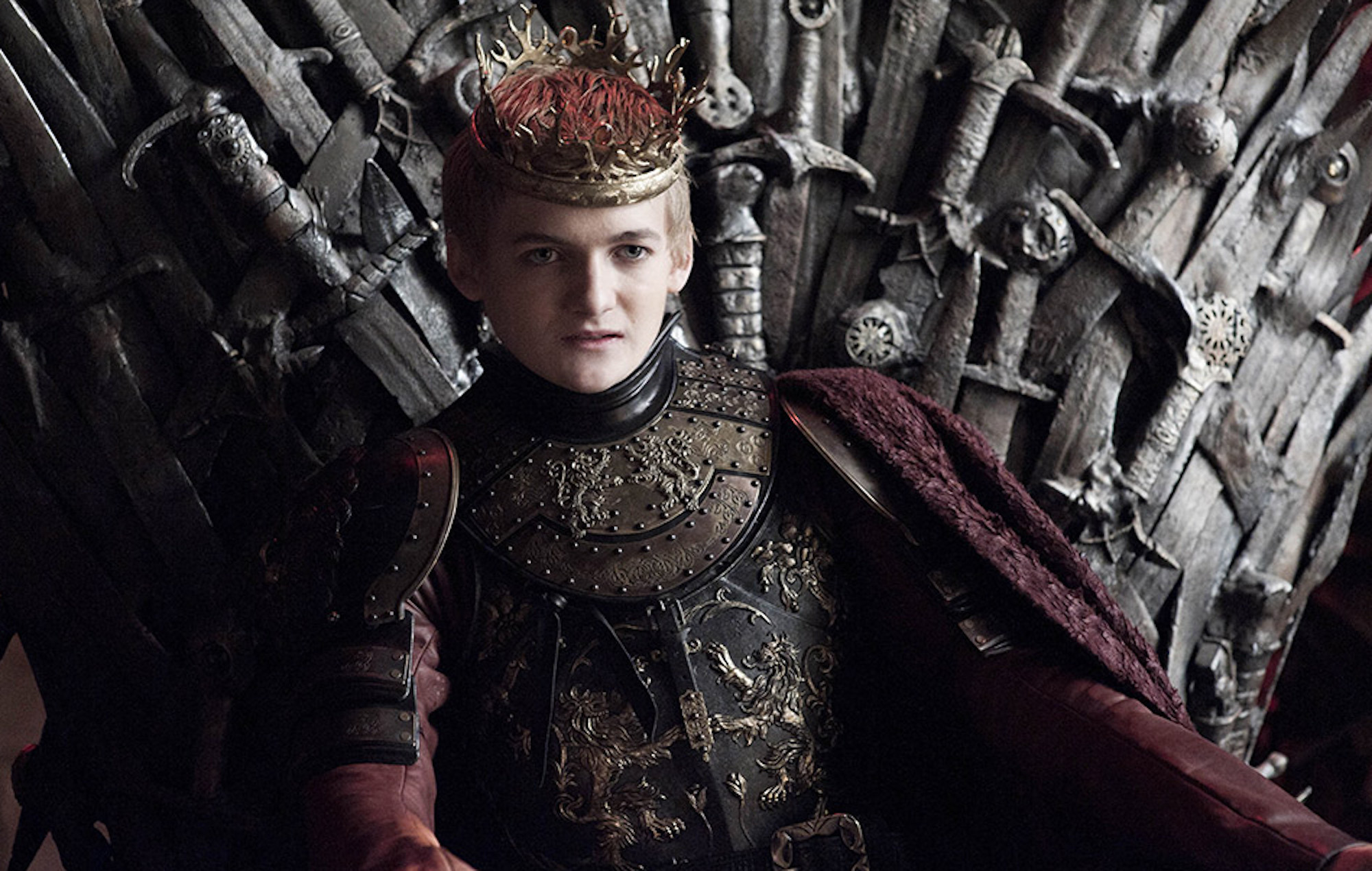
Joffrey Baratheon may be one of television’s most hated villains, but his performance wasn’t just natural evil – it was inspired genius. Jack Gleeson, the actor behind the cruel boy-king, has said he modeled his portrayal after Joaquin Phoenix’s character Commodus in Gladiator. You can see it in the smug smile, the restless eyes, and the theatrical arrogance that made viewers love to hate him. That attention to detail turned Joffrey into a villain who felt terrifyingly real and eerily familiar. It’s a reminder that even the most detestable characters are built on craft and study, not just impulse. Gleeson’s performance was so convincing that fans couldn’t separate him from Joffrey for years. Sometimes, the best acting lesson comes from another villain entirely.
9. The Opening Credits Were Almost An Afterthought
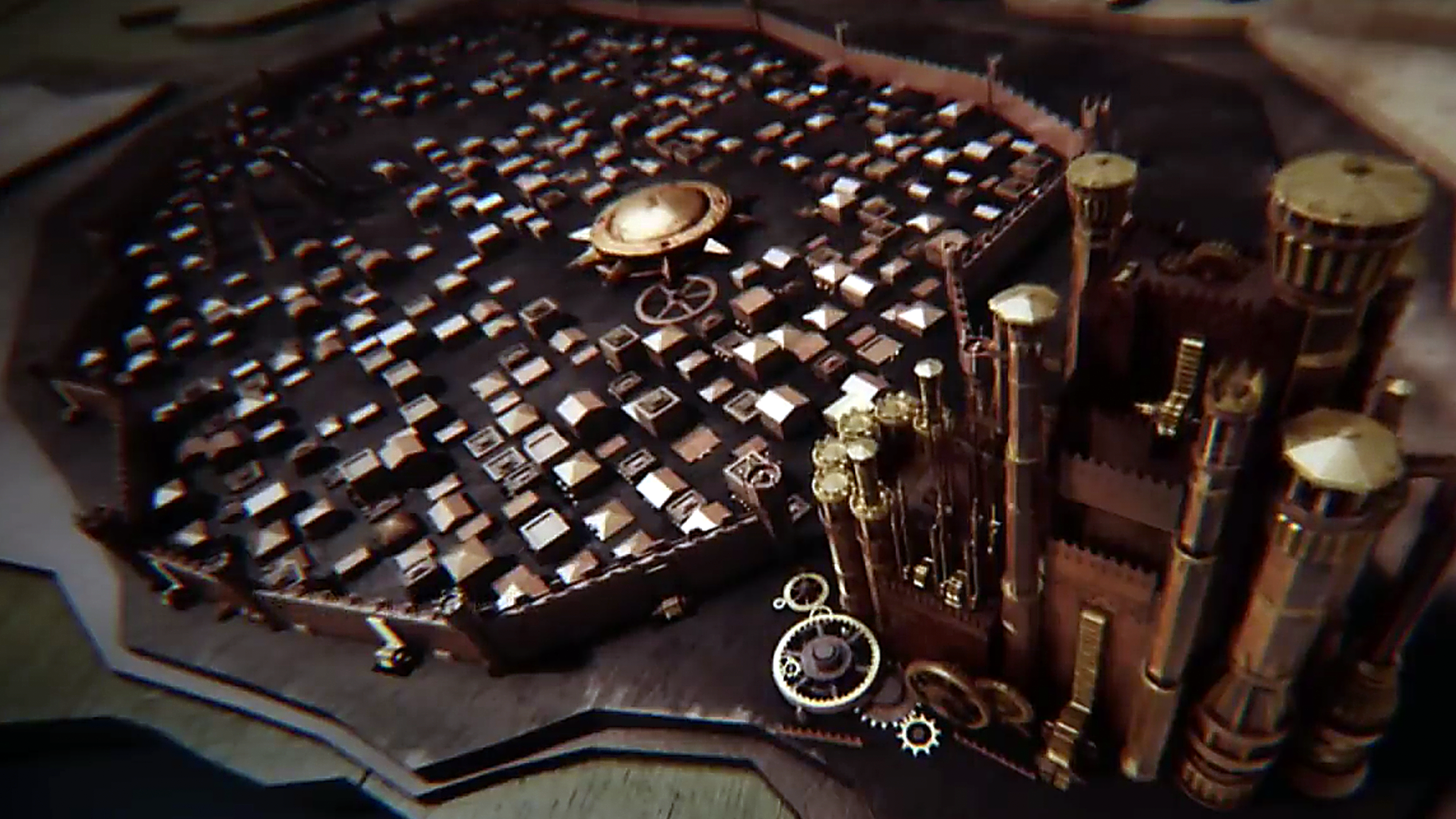
It’s impossible to imagine Game of Thrones without its sweeping, map-filled opening sequence and booming theme music. But fun fact – the now-iconic title sequence was a late creative addition to help viewers understand where each episode was set. With dozens of kingdoms, castles, and regions, the show’s geography could easily confuse even the most attentive fan. The animated map solved that, turning exposition into art and creating one of the most memorable intros in TV history. Every season, the credits subtly changed to reflect new locations or fallen cities, rewarding sharp-eyed viewers. What started as a practical fix became an essential part of the show’s identity. It wasn’t just an intro – it was a ritual.
8. Love Blossomed Beyond The Script
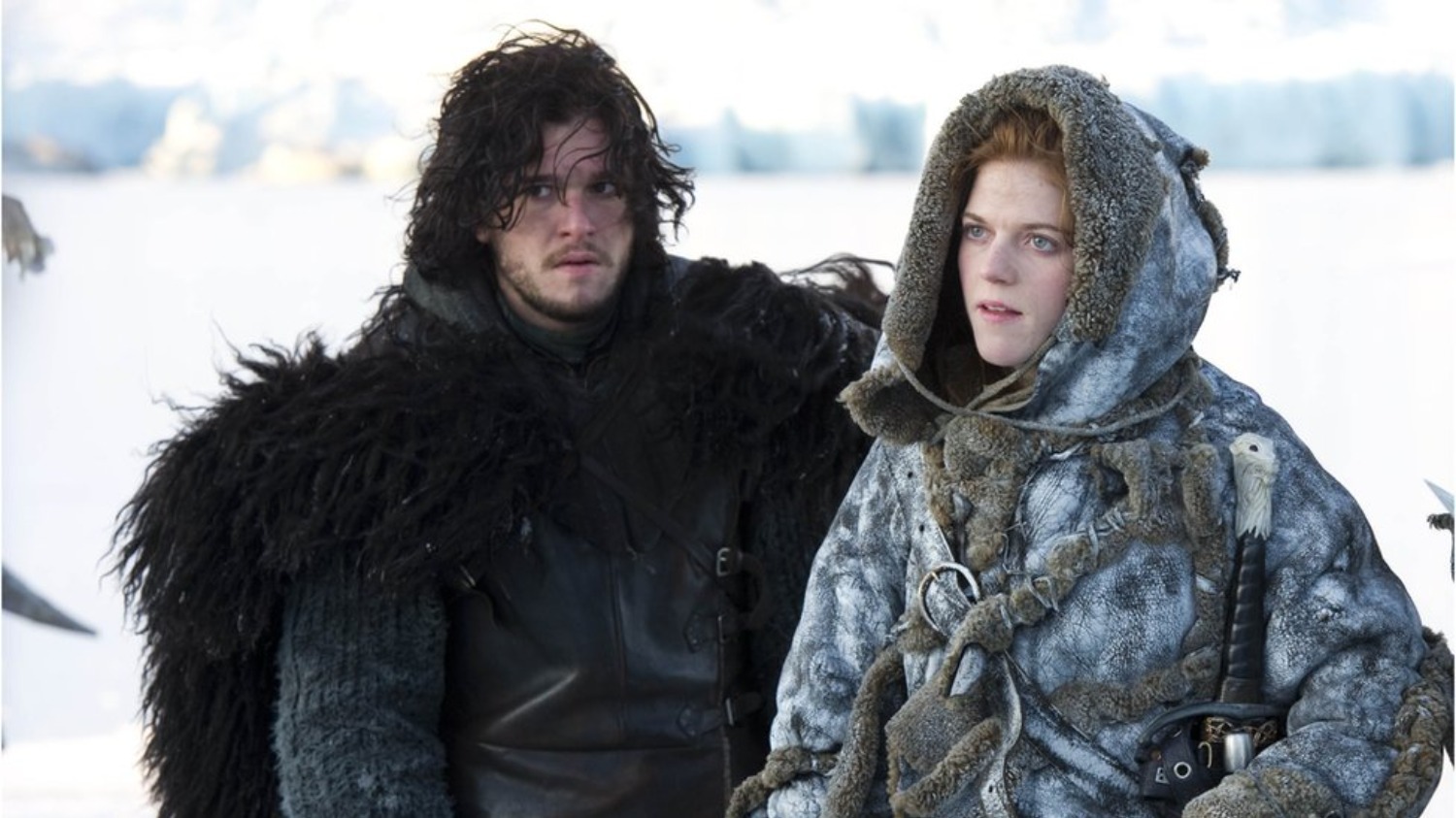
All that on-screen chemistry between Jon Snow and Ygritte wasn’t just good acting – it was real. Kit Harington and Rose Leslie, who played the fiery pair, fell in love while filming the show’s icy northern scenes. Their connection, born amid freezing landscapes and long shooting days, eventually led to marriage in real life. Fans couldn’t get enough of the fairytale ending that mirrored their characters’ story – minus the tragic arrow, of course. The romance became one of those rare cases where fiction spilled into reality in the best possible way. It also made every rewatch of their scenes feel a little more genuine. In a show filled with heartbreak, this was one love story that actually had a happy ending.
7. Season Six Cost A Staggering $100 Million
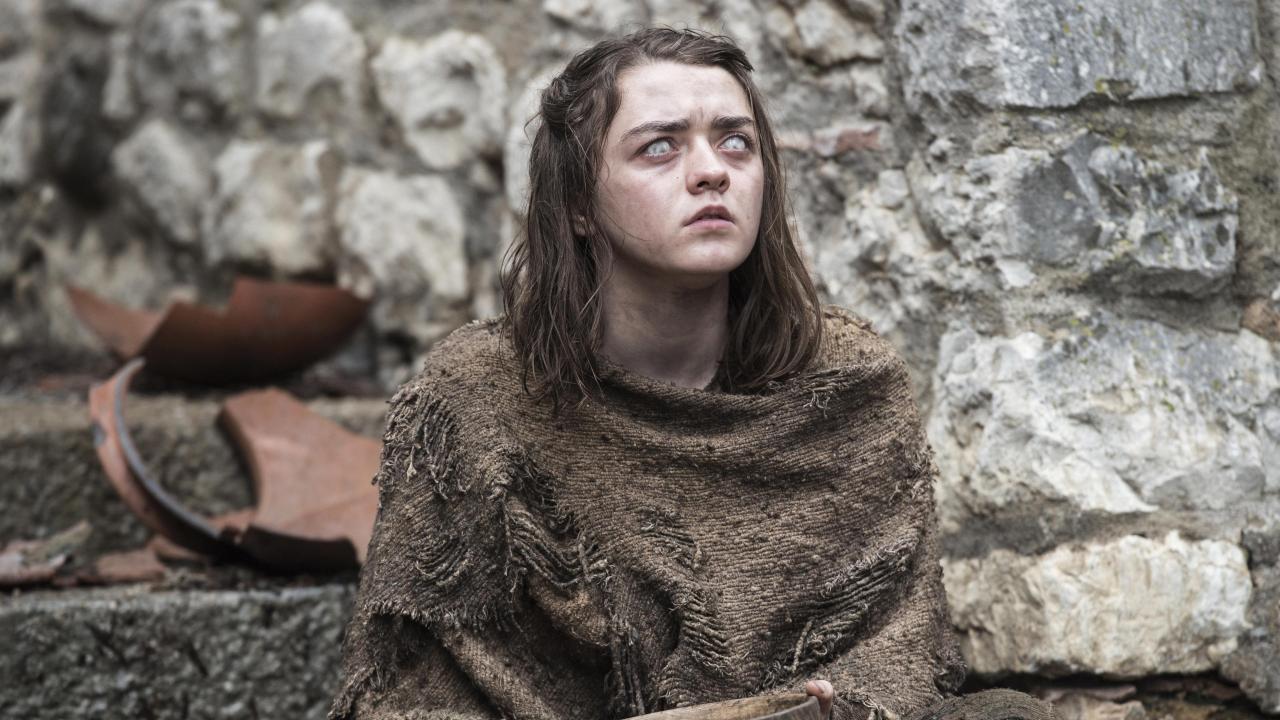
By the time Game of Thrones reached its sixth season, its budget had grown to cinematic proportions. With dragons soaring higher and battles growing grander, HBO poured around $100 million into the production – roughly $10 million per episode. The result was breathtaking: “Battle of the Bastards” looked like a full-blown war movie, complete with hundreds of extras and jaw-dropping visuals. The massive investment paid off, cementing the show’s reputation as the most ambitious television series of its era. Every frame of fire, armor, and mud showed where that money went. The scale pushed what was possible on TV, setting a new bar for epic storytelling. When you think of peak Game of Thrones, season six is where fantasy met filmmaking on equal ground.
6. Dean-Charles Chapman Played More Than One Character
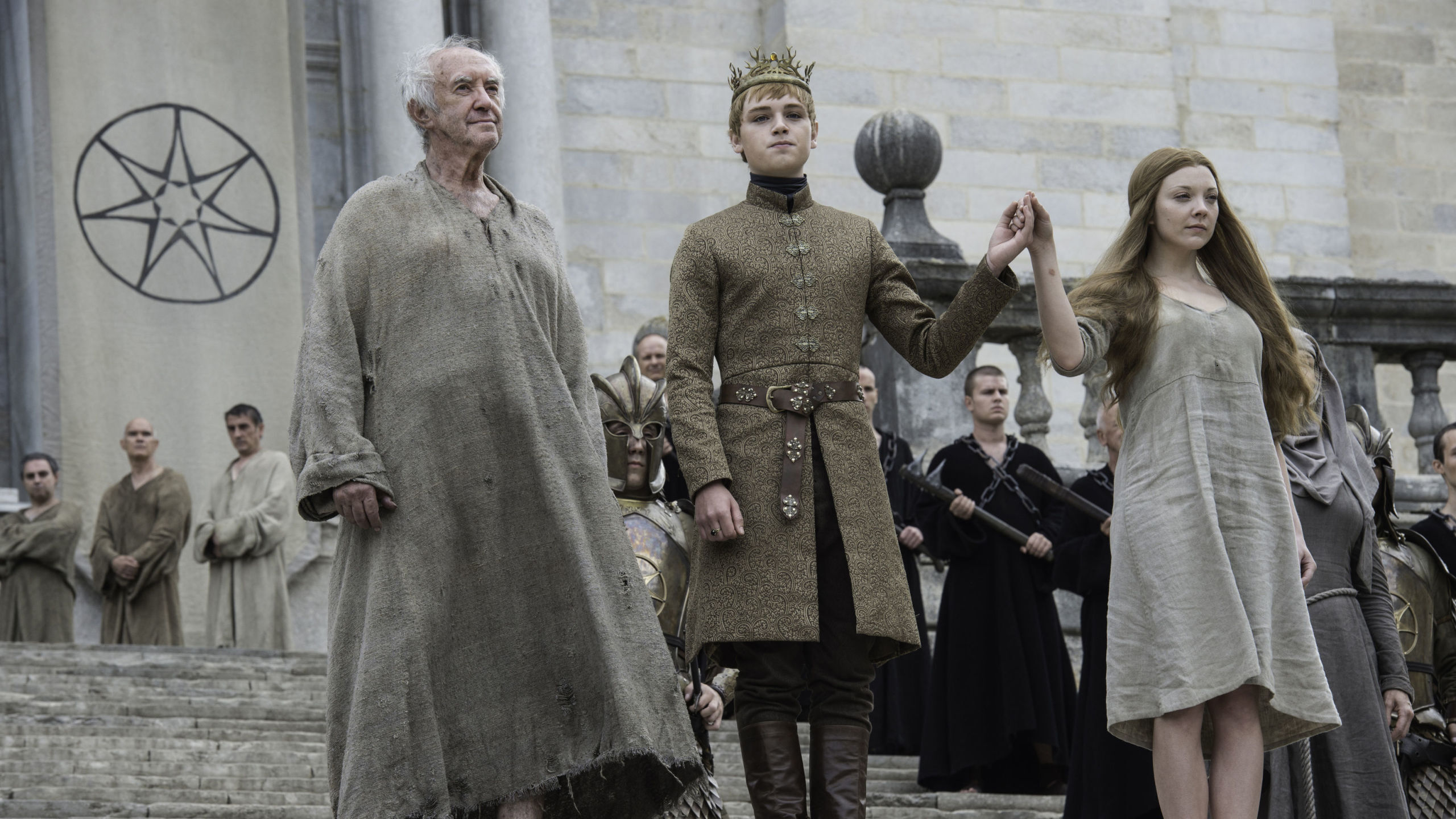
Eagle-eyed fans might have noticed something odd about a familiar face in Game of Thrones. Dean-Charles Chapman first appeared as Martyn Lannister, a minor character captured and later killed, before returning as none other than King Tommen Baratheon. That’s right – the same actor played two completely different roles, both of them with royal blood and tragic fates. It’s one of those casting quirks that slipped by most viewers until someone pointed it out online. The recasting happened quietly, showing just how deep the show’s bench of young talent really was. And honestly, Chapman’s transformation from side character to king was seamless enough to fool almost everyone. In a world full of doubles and disguises, even the casting played along.
5. Daenerys Was Supposed To Have Purple Eyes
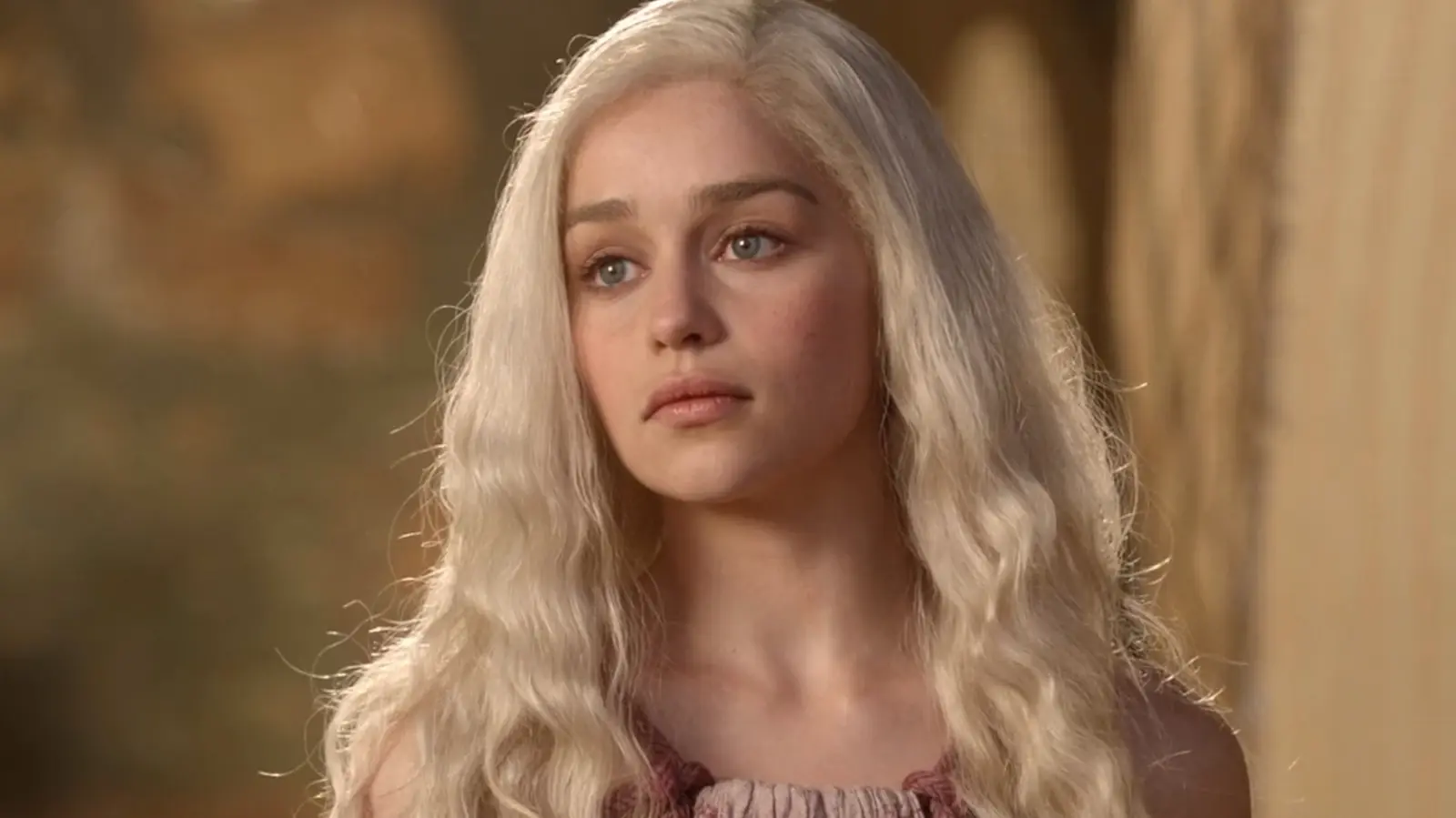
In George R.R. Martin’s novels, Daenerys Targaryen is described as having striking violet eyes – a signature trait of House Targaryen’s Valyrian heritage. Early in production, Emilia Clarke even tried wearing colored contact lenses to match that description. But the lenses proved too uncomfortable, and the idea was quickly abandoned after testing. The result? The show dropped the purple eyes entirely, leaving her natural gaze to carry the power instead. Fans of the books still debate whether the change was the right call, but Clarke’s performance proved no special effect was needed. Her fire, not her eye color, made her the Mother of Dragons.
4. The Original Pilot Was Scrapped
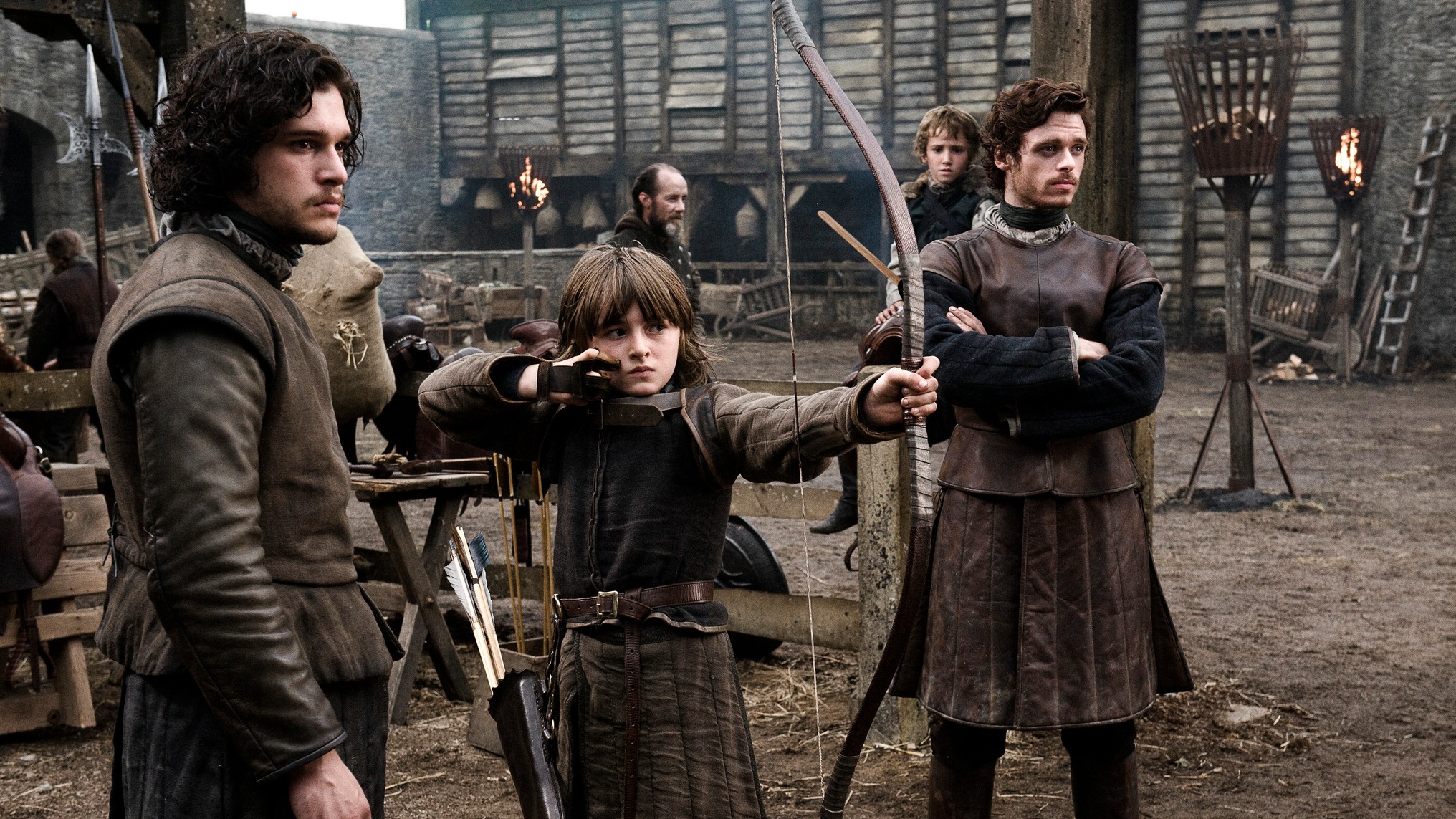
Before Game of Thrones became the global phenomenon we know, its first attempt at a pilot was a complete disaster. The original version was filmed, edited, and then quietly shelved after test audiences and producers agreed it simply didn’t work. Major scenes had to be reshot, characters were recast – including a completely different Daenerys – and the tone was overhauled from the ground up. It’s one of television’s most famous do-overs, proving that even iconic series can stumble before they soar. The failed pilot cost millions but ended up saving the show by forcing everyone to rethink what made the story compelling. Without that massive early misstep, the series might never have reached its legendary status. Sometimes, failure really is the first step toward conquering Westeros.
3. The Red Wedding Was Inspired By Real Events
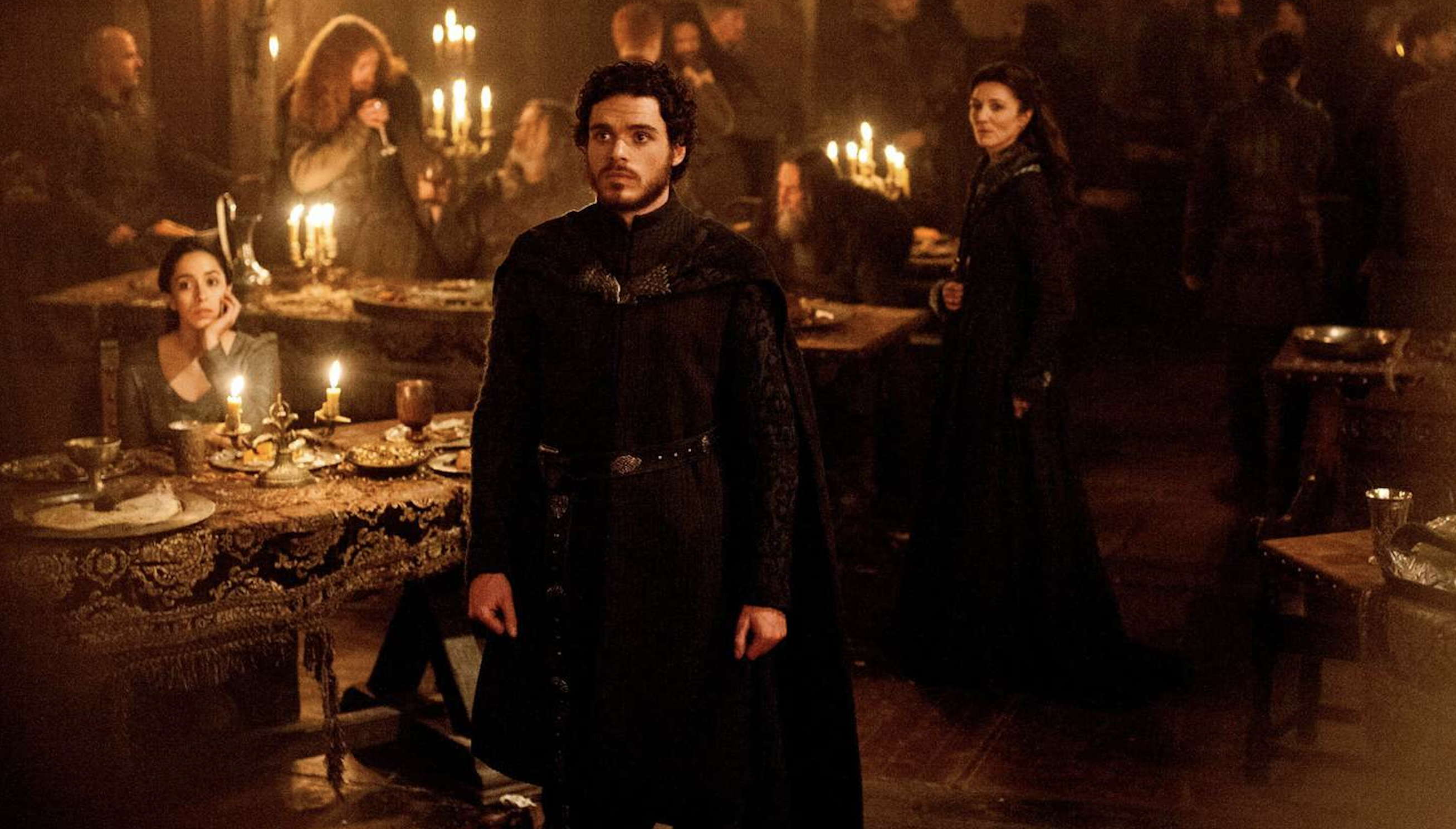
If you thought the Red Wedding was too horrifying to be made up, you’re partly right. The shocking massacre drew inspiration from real historical betrayals, including Scotland’s Black Dinner of 1440 and the Glencoe Massacre of 1692. Both involved hosts slaughtering their guests after luring them in under the promise of hospitality. George R.R. Martin has said he borrowed those grim details to give the event its brutal realism. That’s why the scene feels so gut-wrenchingly authentic – it’s grounded in history, not just imagination. The blend of medieval politics and historical cruelty made it one of television’s most unforgettable moments. Sometimes, truth really is bloodier than fiction.
2. Sophie Turner Adopted Her Direwolf
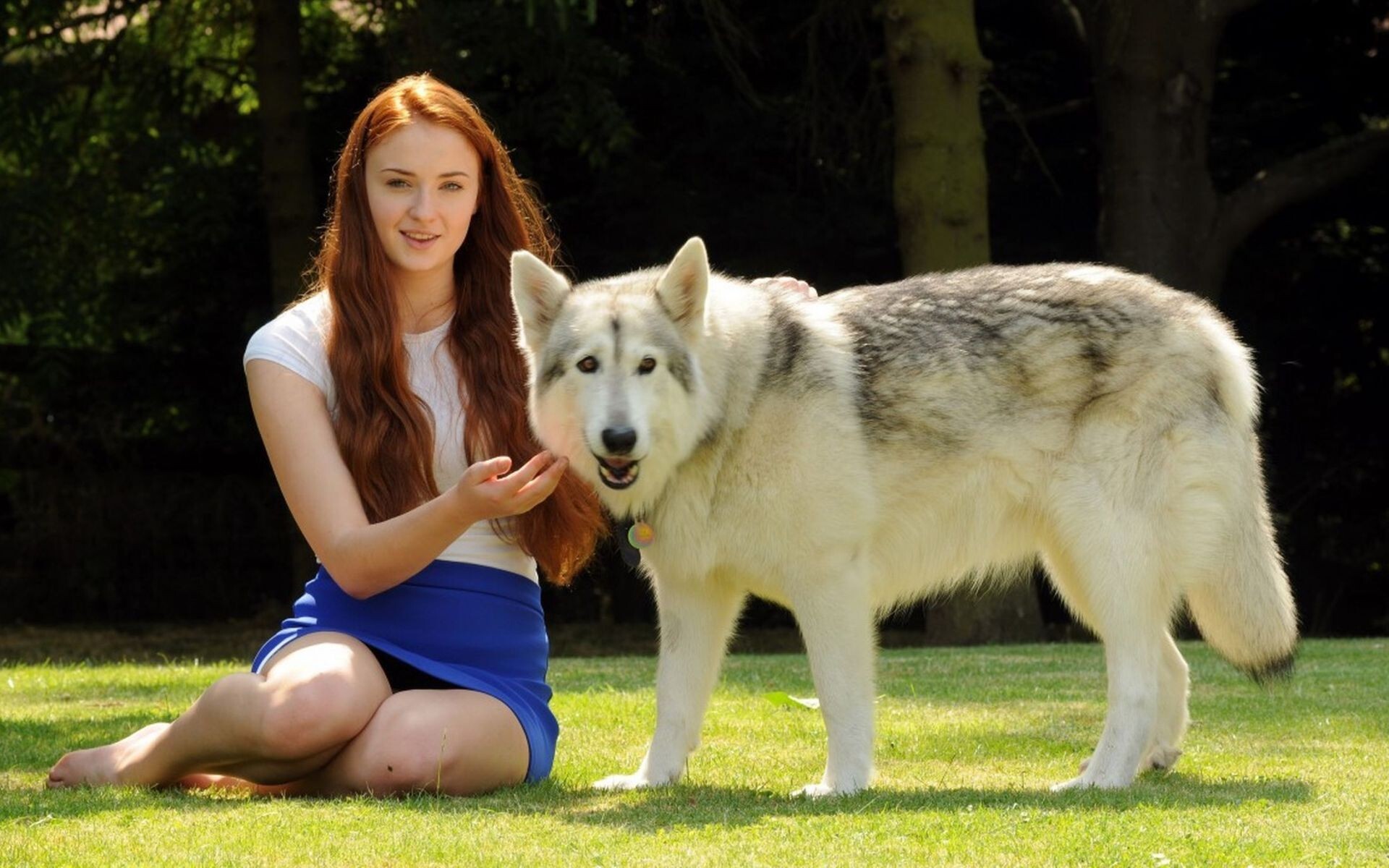
Among all the behind-the-scenes stories, this one might just melt your heart. Sophie Turner, who played Sansa Stark, adopted the dog that portrayed her loyal direwolf, Lady, after the character’s early exit from the show. The animal’s real name is Zunni, and she went on to live happily with Turner and her family. It was a fitting end for one of the show’s most tragic animal storylines, turning fiction into a real act of love. Fans adored hearing that one of the Starks truly took her direwolf home. It’s one of those rare wholesome tales in a saga known for heartbreak and betrayal. In the game of thrones, at least one bond stayed pure.
1. The Show Was Banned By The Turkish Army
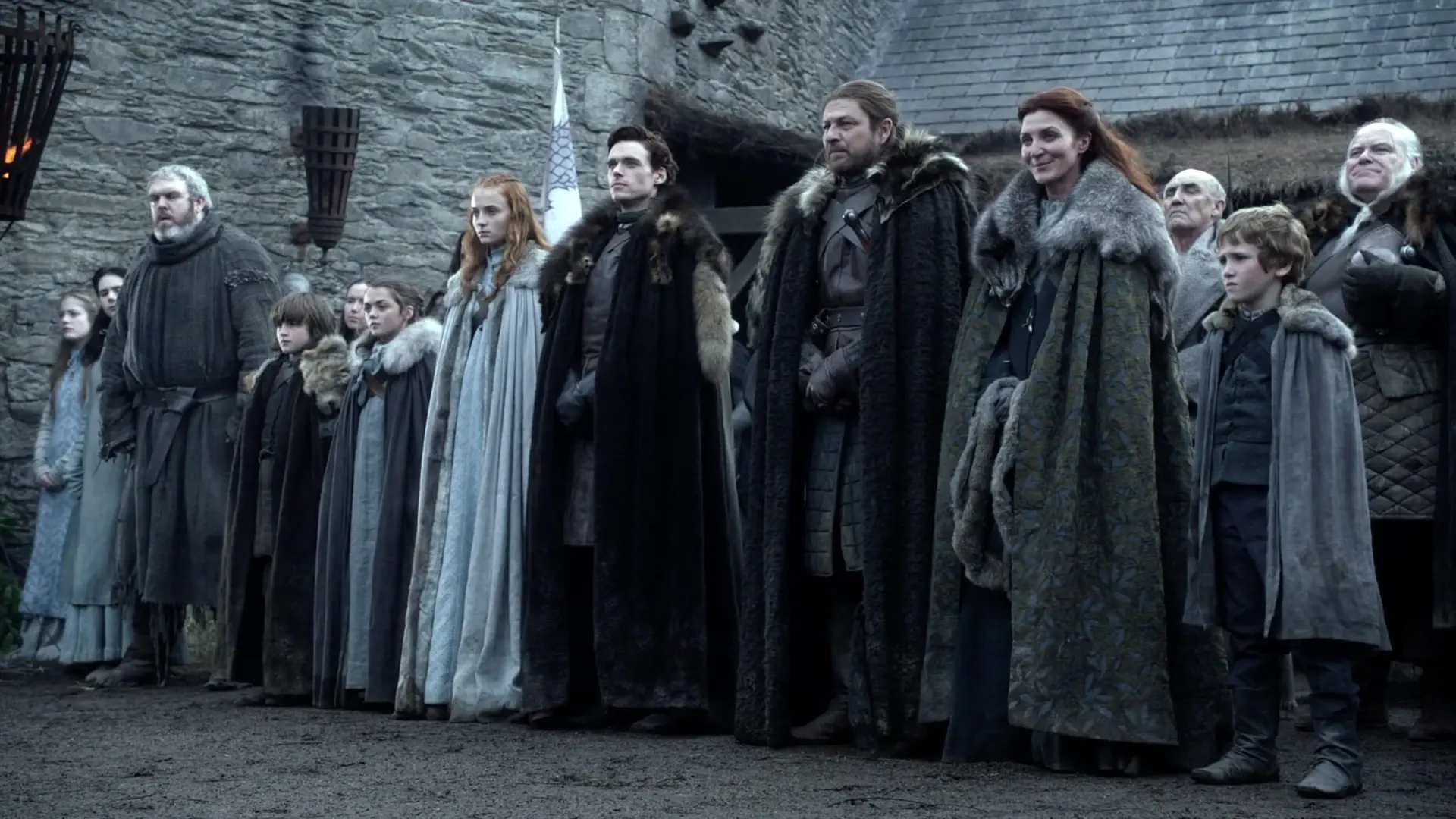
In 2014, Game of Thrones faced a rather unexpected kind of censorship: the Turkish Armed Forces banned it from military academies. Officials claimed the series contained “explicit sexual content and inappropriate behavior,” which they considered unsuitable for cadets. The decision sparked headlines worldwide, showing just how far-reaching the show’s cultural impact had become. It’s not every day that a fantasy series about dragons and politics gets caught up in real-world government policy. The ban only added to the show’s reputation as bold, provocative, and impossible to ignore. Even in places far from Westeros, Game of Thrones was stirring trouble. You win or you get banned – apparently, there’s no middle ground.
